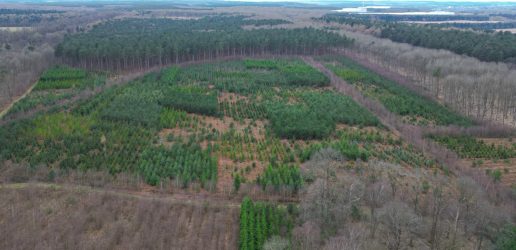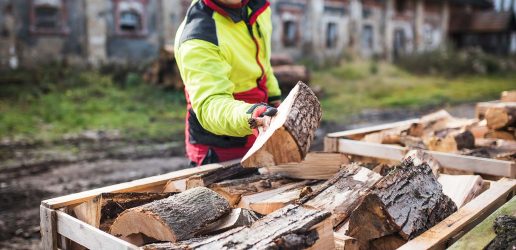To mark the centenary of the Forestry Commission, “British Forests: The Forestry Commission 1919-2019” was published this summer. Research features prominently in the story of the Commission and contributors to the book include former and current Forest Research Staff.
The book has a dedicated chapter on forest science, yet there is a continued thread of research throughout the decade-by-decade story of the Commission and a site by site list of its forests. It explains that research played an important role in the organisation from the very start, as one of the commission’s original objectives stated:
“The endowment of research at a limited number of centres and – without interfering with that liberty of action so necessary to scientific progress – the general direction of research to the problems of immediate importance.”
With this in mind, during its first year in existence, the Commission had appointed an Education and Publications Officer, a Research Officer and an Entomologist.
Following from the early years, the Forest Science chapter describes the evolution of research, from the “Research Division” into the modern-day Forest Research. With it, there are highlights of critical research that influenced government policy and industry practice for example that on species choice, tree breeding and yield tables, as well as on broadleaf trees, environmental acidification, climate change and forest and tree protection.
The chapter concludes with the present and the future, as Forest Statistics and the National Forest Inventory join the fold, the areas of research broaden into the social sciences, and the challenges for forestry are considered. Those challenges include threats to trees and continued vigilance is encouraged in a chapter on Forest Hazards, which touches upon Forest Research work into pests and diseases.
The book is a comprehensive and accessible reference to the first 100 years of the Forestry Commission and the breadth of its impact. The illustrations and photography compliment an interwoven history of science and research within the Commission for the benefit of wider society. As editor Ian Gambles states: “This is a story of people as much as a story of trees”.
Recent News
View All news
Seventeen coniferous tree species show early promise for future commercial timber production in the UK
Researchers have set up a network of nine large scale experiments across the UK to test the suitability of 17 tree species as potential alternatives for future commercial timber production.
Forest Research are looking for people involved in the harvesting, processing, transport, import, or trade of firewood in Scotland to complete an important survey.

New guide to help local authorities conduct a people survey on the social value of their treescapes
A new step-by-step guide to help local authorities, charities and civic societies carry out a people survey to understand social and cultural values related to trees in their area, is now available.

Seventeen coniferous tree species show early promise for future commercial timber production in the UK
Researchers have set up a network of nine large scale experiments across the UK to test the suitability of 17 tree species as potential alternatives for future commercial timber production.
Forest Research are looking for people involved in the harvesting, processing, transport, import, or trade of firewood in Scotland to complete an important survey.

New guide to help local authorities conduct a people survey on the social value of their treescapes
A new step-by-step guide to help local authorities, charities and civic societies carry out a people survey to understand social and cultural values related to trees in their area, is now available.

